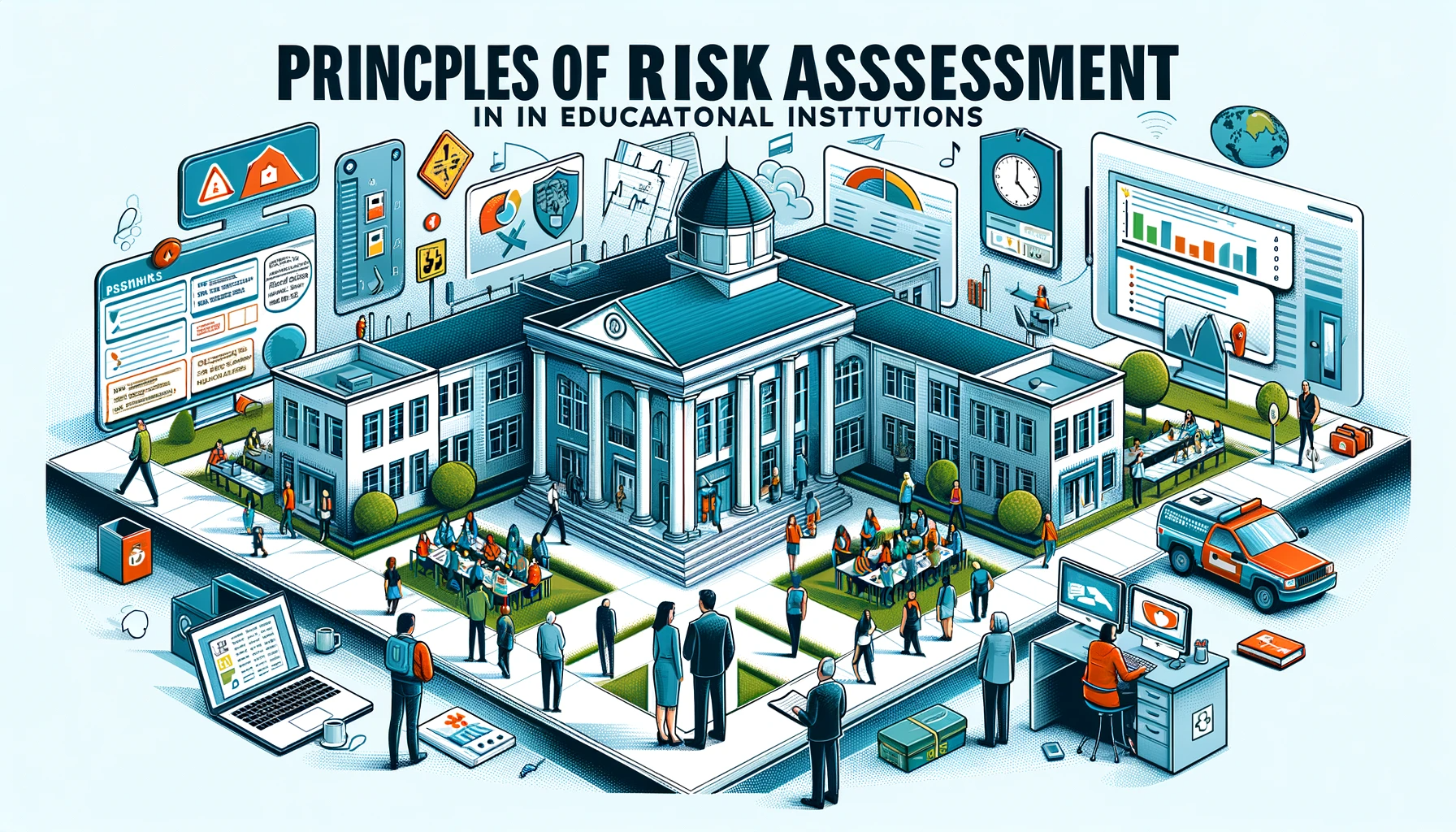Risk assessment in educational institutions is a fundamental process that identifies potential hazards, evaluates their potential impacts, and suggests control measures to minimize the associated risks (The National Safety Council, 2019). This practice is crucial to ensure the safety and wellbeing of staff and students.
Identification of Hazards
The first step in risk assessment is to identify potential hazards, which can range from physical dangers (e.g., faulty equipment, slip and trip hazards), to psychological threats (e.g., stress, bullying), and even strategic risks like funding cuts or reputational damage (HSE, 2021). The identification process involves systematic inspections, historical incident reviews, and consultations with staff and students who often have firsthand knowledge of the issues (HSE, 2021).
Risk Evaluation
Once potential hazards are identified, the next step is to evaluate the risks associated with them. This involves assessing the likelihood of the risk occurring and the severity of potential consequences (ISO 31000, 2018). For example, a science lab might have a high risk due to the use of potentially harmful chemicals, but through effective controls, the overall risk level can be reduced.
Risk Control Measures
After evaluating the risks, it’s important to establish risk control measures. The hierarchy of control, a system used in industries such as occupational health and safety, can be applied to educational institutions as well. This system prioritizes eliminating the hazard completely, followed by substituting the hazard, isolating the hazard, implementing administrative controls, and using personal protective equipment (Workplace Health and Safety Queensland, 2021).
Review and Monitoring
Risk assessments should not be static; they need to be reviewed and updated regularly to account for new hazards, changes in operations, or the effectiveness of control measures (HSE, 2021). Regular audits and inspections can ensure that the risk assessment remains relevant and effective.
Involvement and Communication
The entire process should involve relevant stakeholders, including teachers, administrators, students, and parents, when appropriate. Their input can provide valuable insights into potential hazards and effective control measures (HSE, 2021).
In summary, risk assessment is a dynamic, comprehensive, and continuous process that demands the active involvement of all stakeholders within an educational institution. It is the cornerstone of creating a safe and conducive learning environment.
References
- Health and Safety Executive (HSE). (2021). Risk management: The five steps to risk assessment.
- International Organization for Standardization (ISO). (2018). ISO 31000:2018 Risk management — Guidelines.
- The National Safety Council. (2019). Safety + Health Magazine: Risk Assessment.
- Workplace Health and Safety Queensland. (2021). Hierarchy of controls.


